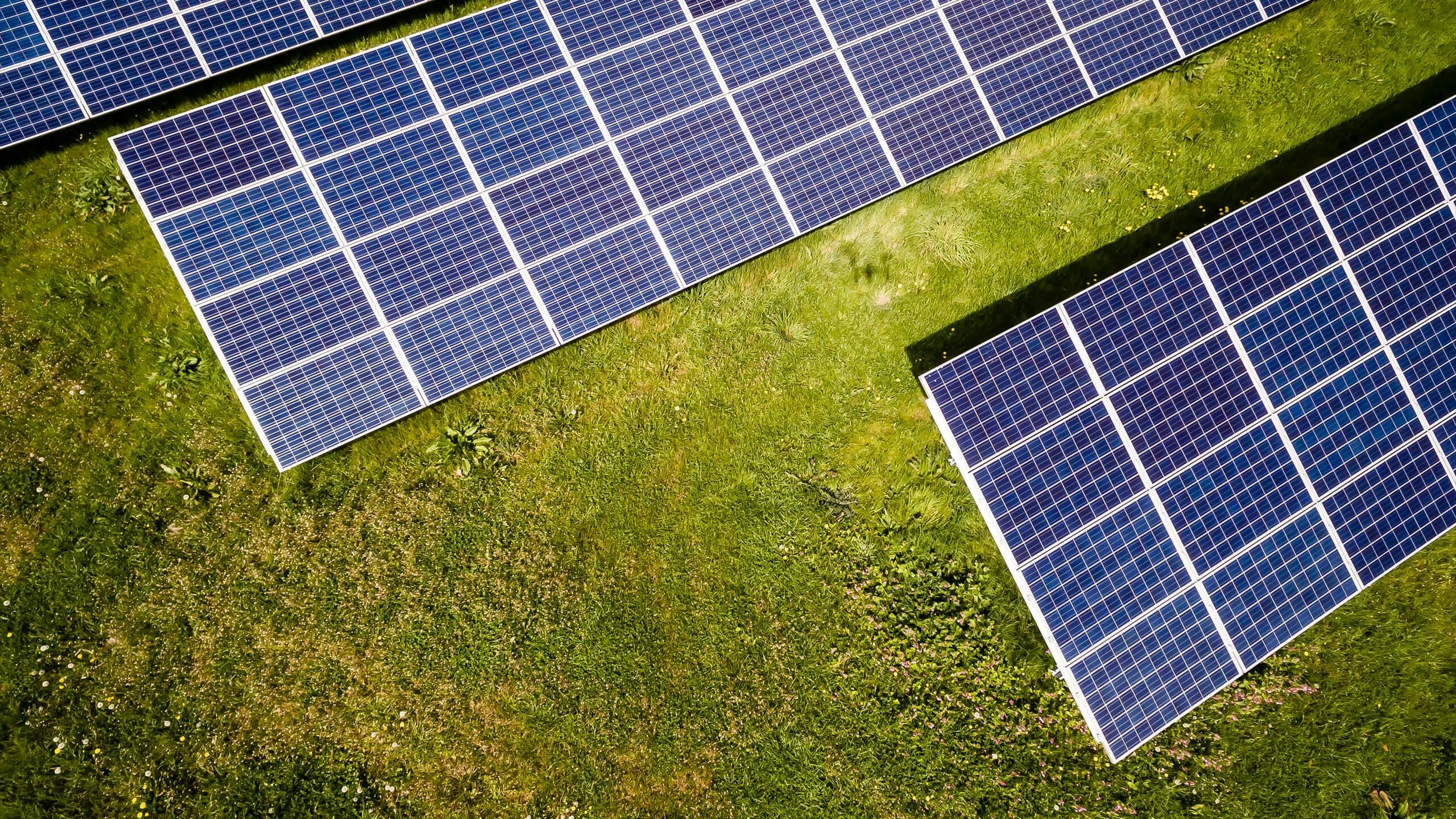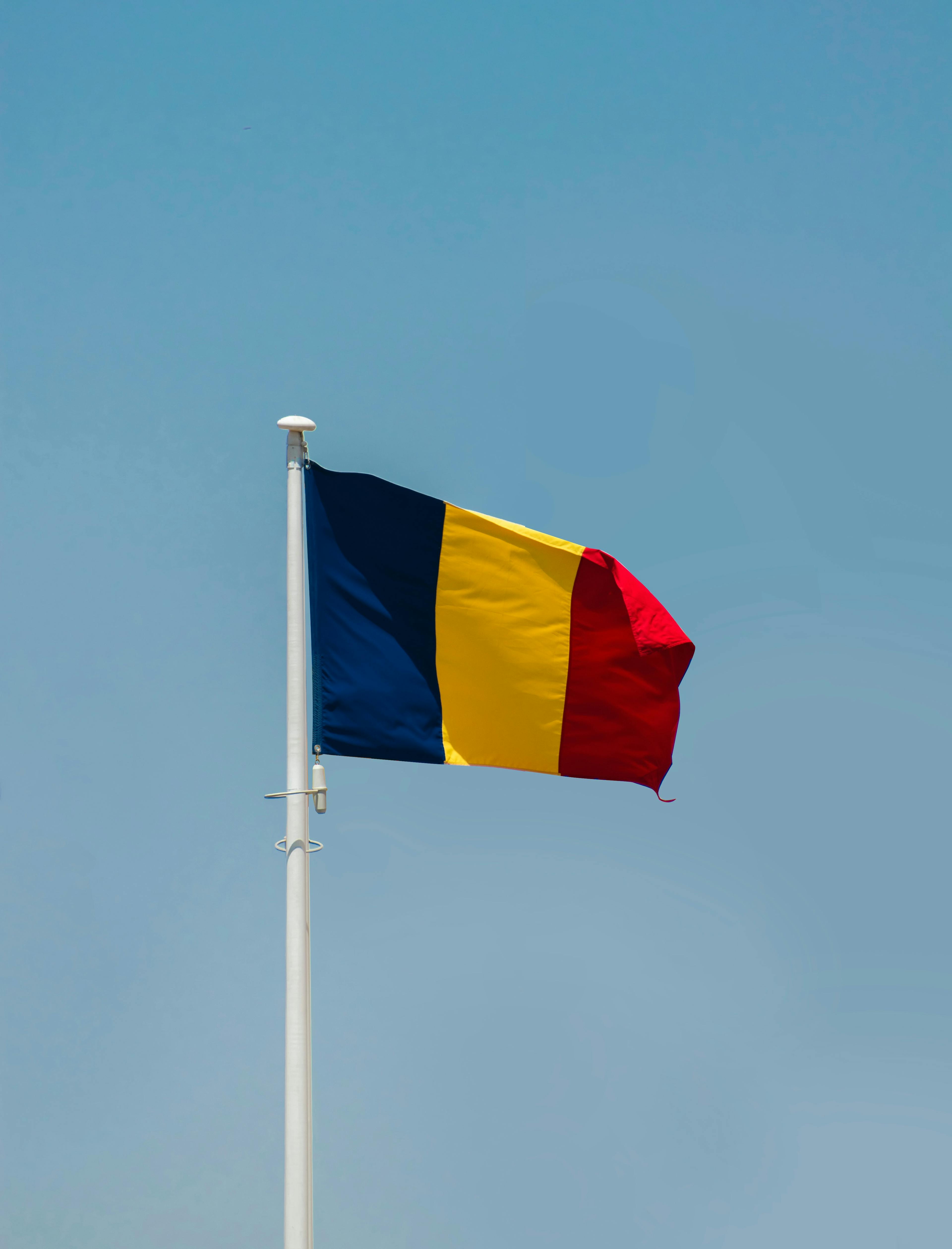Romania’s Solar Energy Landscape: An Overview
3 Jan 2024

Introduction
The solar industry in Romania is at an exciting crossroads, with the country looking to establish itself on both the European and world stage. Several pressures have caused the solar industry to take note of Romania’s increasing willingness to transition faster. External factors such as the war in Ukraine and the resulting European energy crisis, as well as EU legislation aimed at reducing carbon emissions, are reshaping this market.
As of 2023, Romania’s power capacity is 18.4 GW with 8.4% coming from solar. The main factors behind the growing solar industry are the high irradiation, topography and land costs. Such is the excitement that the Romanian government has increased its photovoltaic energy target from the current status of 1,400 MW to 3,140 MW by 2030.
This article will delve into Romania’s solar landscape, providing a comprehensive overview of the current state of the market, government policies, and incentives, as well as the potential for future growth. Overall, the Romanian market offers a unique opportunity for both domestic and international investors, and this guide aims to provide a clear picture of the potential in this field.
Recent history of solar in Romania
Romania boasts an ideal climate for solar energy, with an average of 1,600 kWh/m2 of solar irradiation annually. To encourage the expansion of solar energy development, the government has implemented many national and European policies to incentivise more renewable investment. However, this hasn’t always been the case as Romania had one of the most dynamic evolutions in this niche.
For a long period during the 2010s, Romania had seen a stagnation of new renewable energy largely due to political decisions. For example, back in 2013, the Government of Romania halved the number of green certificates given to renewable energy producers, supposedly because of the alleged energy price increase for consumers.
The current state of solar investment in Romania
According to the International Renewable Energy Agency (IRENA), Romania is now considered one of the top ten solar markets in Europe, with a total installed solar photovoltaic capacity of 1,545 MW as of the end of 2023. One primary driver was the EU Modernization Fund. In 2022, Romania was selected as 1 of the 10 EU countries that needed the greatest support to modernise their energy systems and improve energy efficiency. This meant Romania was allocated €1.4 billion of the €4.11 billion to also build eight solar parks and two electric power plants. Alongside projects, the fund was to radically upgrade the energy infrastructure. €100 million was used to extend and improve the electricity distribution network, an investment of around €18 million for the digitisation of the electricity transmission network and €10 million to optimise the 400 kV overhead power line operation, used for connectivity. Additionally, the United Nations Conference on Trade and Development (UNCTAD) reports that Romania attracted $10 million in solar project investment in 2022. Further to this, the government has assigned $666 million for solar rebates in 2023 under a PV systems scheme.
Overall, Romania has made significant strides towards the development of its solar energy sector, with a growing number of solar projects and investments flowing into the country.
Policy changes
Before 2013, only a small admin fee was needed to obtain a technical grid connection permit (“ATR” - aviz tehnic de racordare). This created a backlog of reservations in grid capacity meaning new connection regulation was necessary. Romania is not the last country to suffer from this problem. The latest connection regulation has meant developers with ATRs must give up to a 20% deposit to the operator in the 3 months following the ATR. Developers are then incentivised to build as the ATR only remains valid for 12 months after the issue date and they risk losing the deposit. Special-purpose vehicles (SPVs) are commonplace in the renewable market. In Romania, the regulations state that “the licensee may not hold two (production and operations) licences of the same type simultaneously”. Therefore, SPVs should be incorporated into every photovoltaic power plant.
The Clean Certificates Support Scheme
The Green Certificates support scheme was a pivotal policy initiative implemented by the government to accelerate renewable energy development. It incentivised solar project investments by issuing Green Certificates for each megawatt-hour of energy produced. These certificates could be traded on the market, providing an additional revenue stream for solar developers. This innovative approach not only attracted substantial investments but also bolstered the financial viability of solar projects.
The Green Certificates support scheme has propelled the rapid expansion of Romania's solar sector. Investors were not only attracted by the promise of stable returns but were also reassured by the robust regulatory environment, evident in the surge of solar installations nationwide. Between 2012 to 2016, almost 1400MW of capacity had been installed in Romania. Most of this capacity was due to the Green Certificates support scheme ending in 2016 and bringing investments to a halt. Beyond financial incentives, the scheme's establishment of a competitive marketplace for Green Certificates has been pivotal, fostering operational efficiency and stimulating innovation.
The Feed in Tariff (FIT) Scheme
The Feed-in Tariff (FIT) scheme is a pivotal policy instrument designed to promote renewable energy production. It provided solar project developers with a guaranteed purchase price for the electricity they generated. This long-term commitment from the government created a stable and attractive investment environment, mitigating financial risks for developers and investors alike.
Moreover, Law 123/2012 of the Electricity and Natural Gas bill in 2022 removed the regulation of PPA off-takers. Having been banned for 8 years, developers could sell energy to the private market at attractive returns. Together with the FIT scheme, they significantly influenced the growth of solar energy in Romania by offering a predictable revenue stream. Developers were assured of a fixed tariff for a predetermined period, typically 15 to 20 years, providing financial certainty crucial for project viability. This assurance not only attracted domestic and international investments but also accelerated the development of solar projects of various scales and stages, from early development to operational status.
One of the notable impacts of the FIT scheme was the rapid expansion of Romania's solar capacity, contributing to the country's renewable energy targets. The scheme's success lies in its ability to create a favourable ecosystem for solar project development, encouraging innovation, job creation, and a diversified energy mix. Its historical role in kickstarting the solar sector has left a lasting imprint on Romania's renewable energy landscape, solidifying its position as an attractive destination for solar investments.

Barriers to expand solar development
There are several expected hurdles to overcome when a country is gathering pace with renewable energy investment. The problems are bi-directional between grid operators and their infrastructure, and developers with the latest technology and projects. Renewable technologies are evolving quickly, with the grid infrastructure struggling to keep up with the size and overwhelming number of developments. Generalised problems including curtailment can be explored separately.
Another problem is the uncertainty of available grid capacity. One of the first questions developers will ask is regarding project location. This is regarding both suitable land and grid connectivity. There could be significant costs to the developer/investor if additional effort is necessary for grid enhancement to make a connection viable. Under the ANRE Order no. 137/2021 (ANRE Procedure of 2022), the Romanian transmission system operator (Transelectrica) must publish weekly the available grid capacity. This is at the 110 KV level that covers the distribution and transmission grids for each of the 10 pre-defined grid zones. What’s the problem? Transelectrica doesn’t publicise how available capacity is calculated. The result is developers don’t have full confidence in grid capacity before they apply for a technical grid connection permit. Another reason behind the confidence is the resolution of the data. Transelectrica’s map of connectivity is defined by the 10 pre-defined grid zones. Also, the information is an aggregate. However, developers/investors require capacity information at the station or substation level for their projects.
The final problem is a widespread issue facing the industry - the labour force. Romania has revised its 2030 renewables target and this causes increased demands. A 2022 report from Solar Power Europe showed that an additional 47,000 to 60,000 employees are needed in the solar sector alone. Upskilling workers is vital for the transition and is especially important in countries such as Romania with their grid operators, developers, EPCs etc.

Overview of current investment incentives
Romania has implemented several government-based incentive schemes to encourage the development of solar energy. Some of the most notable schemes include:
- Feed-in-tariff (FIT) scheme: Under this scheme, renewable energy producers in Romania, including solar energy producers, are guaranteed a fixed price for their electricity for 15 years. The FIT rates for solar energy are revised every year, and they depend on the type and size of the solar project.
- Green certificates scheme: Renewable energy producers in Romania can also earn green certificates for each MWh of electricity they generate. These certificates can be sold on a dedicated market, providing an additional source of revenue for solar projects.
- Tax incentives: Solar energy investments in Romania can benefit from various tax incentives, including exemptions from value-added tax (VAT) for equipment and materials used in the construction of solar projects.
- EU funding: Romania can also access funding from the European Union (EU) for the development of its renewable energy sector, including solar energy projects. This funding can be accessed through various EU programmes, such as the European Regional Development Fund and the Cohesion Fund.
Overall, these incentive schemes demonstrate the Romanian government's commitment to supporting the development of solar energy in the country.
How to invest in Solar projects in Romania?
PF Nexus is creating global visibility and connectivity across renewable energy investment.
Our platform allows renewable energy financial and business development teams to operate in a smarter, more insightful and efficient way. Discover, research, shortlist, collaborate and discuss leads and outreach via a centralised platform.
Verified subscribers to our platform can choose between ecosystem and/or marketplace access. Within the marketplace, clients can analyse live deal flow and introduce themselves to project owners and transaction advisors behind them. There are opportunities from 45 MW to 1.4 GW so a wide range is available to investors and lenders. Projects include utility-scale solar, battery, wind, and other sustainable and renewable infrastructure.
With over 5,500 users from 3,100 clean energy developers, investors, lenders, and advisors, the platform has seen surging growth as the energy transition pushes forward and countries aim for Net Zero emissions.
Looking for project investment?
If you are in the process of seeking out project investment for a solar project in Europe for an existing solar project or, starting a solar farm, register on our renewable energy project marketplace and gain instant access to a network of >5,500 investors and developers currently seeking on project development opportunities.